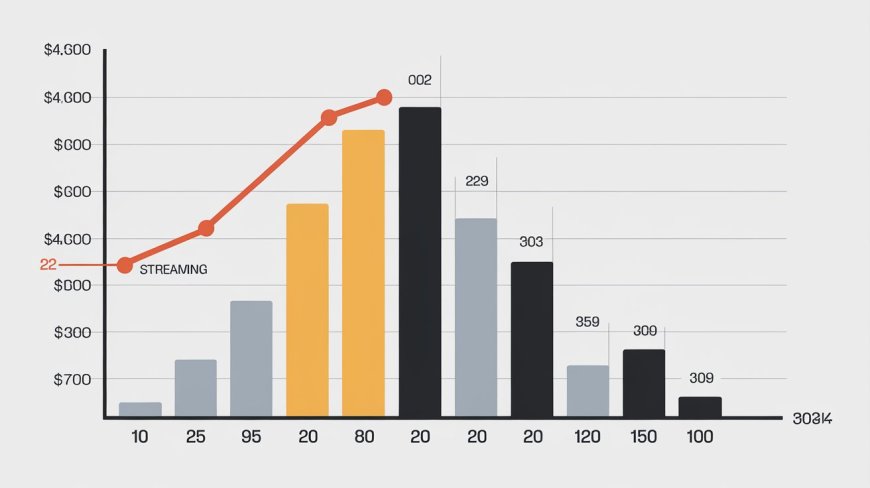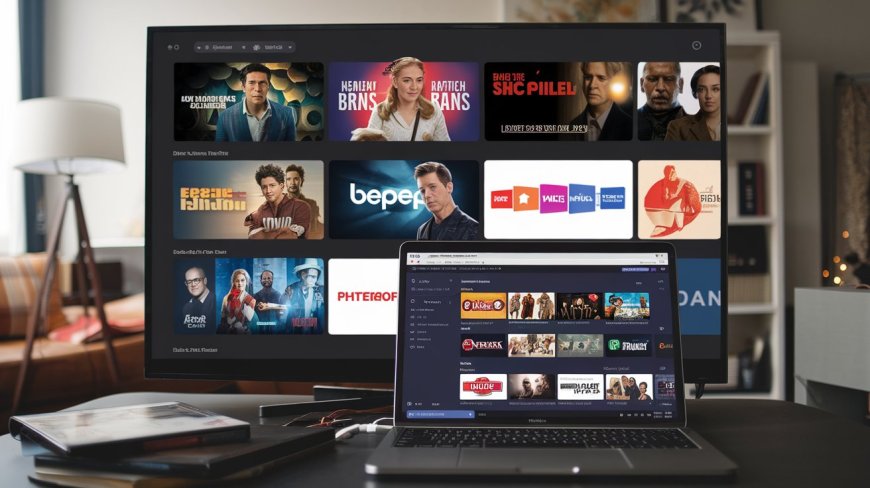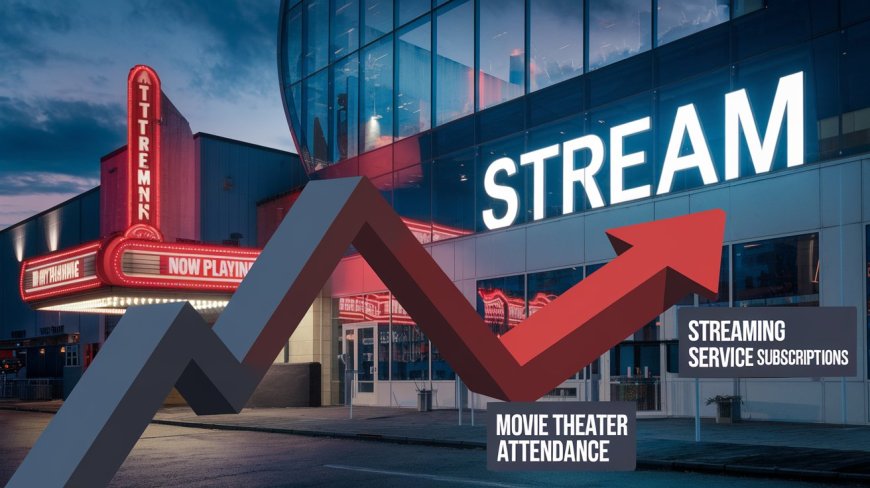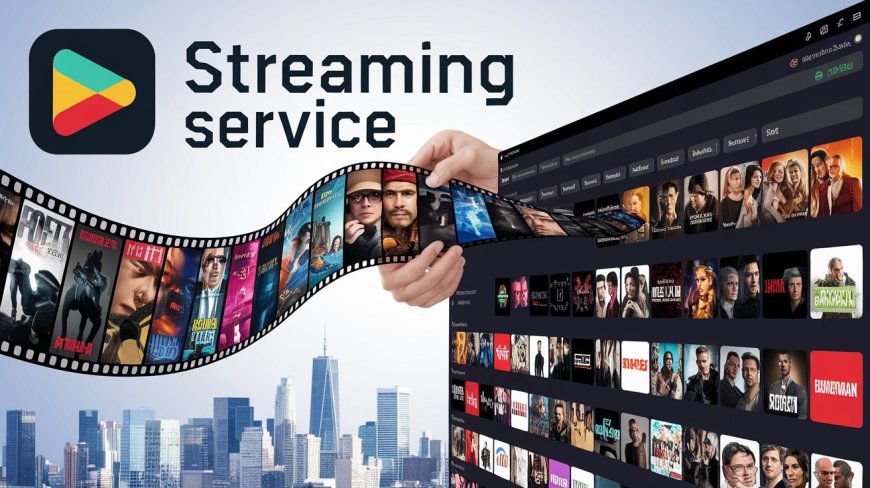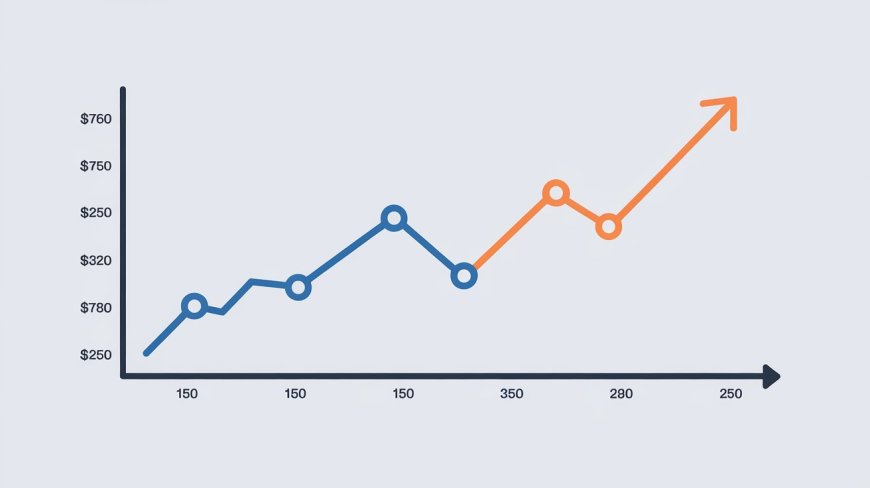The Impact of Streaming Services on the Entertainment Industry
The Impact of Streaming Services on the Entertainment Industry Streaming services such as Netflix, Hulu, Amazon Prime Video, and Disney+ have reshaped the entertainment landscape. This section will delve into how these platforms have changed content distribution, viewing habits, and industry economics. It will examine the shift from traditional cable television to on-demand streaming, the rise of binge-watching culture, and how streaming services have fostered the creation of original content. Additionally, it will address the challenges and opportunities that streaming has presented for both consumers and creators, including issues of accessibility, competition, and evolving business models.
The rise of streaming services has profoundly transformed the entertainment industry, altering how content is distributed, consumed, and monetized. Platforms like Netflix, Hulu, Amazon Prime Video, and Disney+ have not only changed the way audiences watch television and films but have also disrupted traditional business models and sparked new trends in content creation and consumption.
Content Distribution Revolution
One of the most significant impacts of streaming services is the revolution in content distribution. Traditional media relied heavily on scheduled programming, with networks determining when and how content was broadcast. Viewers had to adhere to these schedules, often tuning in at specific times to catch their favorite shows or movies. This model also meant that content was geographically restricted, with distribution rights varying by region.
Streaming services upended this model by allowing users to access content on demand, whenever and wherever they choose. This shift has democratized content consumption, enabling viewers to watch what they want at their convenience. The global reach of these platforms has also allowed content to cross borders easily, exposing audiences to a wider variety of international films and television series.
The change in distribution has not only benefited consumers but also content creators. Independent filmmakers, smaller studios, and niche content producers now have a viable platform to reach global audiences without the need for traditional distribution channels. This has led to a more diverse array of content, catering to different tastes and interests.
The Shift from Cable Television to Streaming
The dominance of traditional cable television has waned significantly with the rise of streaming services. The concept of “cord-cutting” — where consumers cancel their cable subscriptions in favor of streaming platforms — has become increasingly popular. This shift reflects broader changes in consumer behavior, driven by the desire for more control over viewing options and a rejection of the often expensive and inflexible cable packages.
Streaming platforms offer a more personalized experience, allowing users to curate their own libraries and watch content without commercial interruptions. This has made them especially appealing to younger generations who are more accustomed to the instant gratification provided by digital technology.
The decline of cable television has forced traditional media companies to adapt. Many have launched their own streaming services, such as HBO Max, Peacock, and Paramount+, to compete with the established giants. This proliferation of streaming options has led to what is often called “streaming wars,” where companies compete for subscribers by offering exclusive content and features.
The Rise of Binge-Watching Culture
The ability to watch entire seasons of television shows at once has given rise to the phenomenon of binge-watching, where viewers consume multiple episodes or even entire series in a single sitting. Streaming services have encouraged this behavior by releasing entire seasons of shows at once, a strategy that contrasts with the traditional weekly release schedule of television networks.
Binge-watching has become a defining characteristic of modern viewing habits, reshaping how stories are told and experienced. Writers and producers now consider the binge-watching audience when crafting narratives, often creating complex, serialized stories that reward sustained attention. This has contributed to the production of high-quality, cinematic television series that blur the lines between television and film.
While binge-watching offers viewers the convenience of consuming content at their own pace, it has also sparked discussions about the potential downsides, such as decreased retention of information and the impact on social interactions. Nevertheless, the trend shows no signs of slowing down, with streaming platforms continuing to cater to this demand.
Creation of Original Content
One of the most significant contributions of streaming services to the entertainment industry is their role in fostering the creation of original content. Netflix, for instance, was among the first to produce original series, with hits like House of Cards and Orange Is the New Black. These successes demonstrated the viability of streaming platforms as producers of high-quality, original programming, setting a trend that others quickly followed.
Streaming services have invested heavily in original content to differentiate themselves from competitors and attract subscribers. This has led to an explosion of diverse programming, spanning various genres, formats, and cultural backgrounds. The freedom from traditional broadcast constraints has allowed creators to take more risks and explore unconventional narratives, resulting in innovative and critically acclaimed productions.
The emphasis on original content has also changed the power dynamics in the entertainment industry. Creators now have more leverage in negotiations, as streaming platforms compete for exclusive rights to their work. This shift has empowered writers, directors, and producers to push creative boundaries and produce content that might not have been possible under traditional studio systems.
Challenges and Opportunities for Consumers and Creators
While the rise of streaming services has brought numerous benefits, it has also presented challenges for both consumers and creators. One significant issue is the growing fragmentation of content across multiple platforms. As more companies launch their own streaming services, content that was once available on a single platform is now spread across many, requiring viewers to subscribe to multiple services to access their desired shows and movies. This fragmentation can lead to increased costs for consumers and frustration over the difficulty of finding specific content.
For creators, the shift to streaming has introduced new pressures. The demand for constant content production to retain subscribers means that writers, directors, and production teams often face tight deadlines and high expectations. Additionally, the algorithms used by streaming platforms to recommend content can sometimes prioritize quantity over quality, encouraging the production of formulaic shows that fit specific criteria rather than innovative or experimental works.
Despite these challenges, the opportunities provided by streaming services are significant. The global reach of these platforms allows creators to tap into international markets, expanding their audience beyond traditional geographic boundaries. Moreover, the data-driven nature of streaming services provides valuable insights into viewer preferences, enabling creators to tailor content more effectively to audience demands.
Evolving Business Models
The impact of streaming services on the entertainment industry has also been felt in the realm of business models. Traditional revenue streams, such as advertising and syndication, have been disrupted by the subscription-based model of most streaming platforms. This shift has forced media companies to rethink their strategies and find new ways to monetize content.
Some streaming platforms have adopted hybrid models, combining subscriptions with ad-supported tiers to attract a broader audience. Others have explored alternative revenue streams, such as merchandising, live events, and partnerships with brands. The competition for subscribers has also led to increased spending on content production, with companies investing billions of dollars in creating and acquiring exclusive content.
The changing landscape has prompted discussions about the sustainability of these business models, particularly as more players enter the market and competition intensifies. As the industry continues to evolve, companies will need to find a balance between quality content, competitive pricing, and innovative revenue strategies to maintain their position in the market.
Conclusion
In conclusion, streaming services have profoundly reshaped the entertainment industry, driving significant changes in content distribution, viewing habits, and industry economics. The shift from traditional cable television to on-demand streaming, the rise of binge-watching culture, and the creation of original content have all contributed to a more dynamic and diverse entertainment landscape. While challenges remain, the opportunities for both consumers and creators are vast, promising continued innovation and transformation in the years to come.


